Irene Gutovicz remembers the days when members of the local group of philanthropic Holocaust survivors, known as The Lodzer Organization of California, would donate a bowl of borscht or a plate of kugel.
"We started from nothing, having lunches. People would bring something," recalled Gutovicz, co-vice president of the group with Freda Bluman, and a Lodzer member for over 30 years. "This is how it started. Now it has become a bigger thing."
Now with 460 members, The Lodzer Organization last year donated $242,000 to a long and varied list of Israeli and Jewish American causes. They included Sheba Medical Center, Aish HaTorah Jerusalem, Magen David Adom, ORT, the American Israel Public Affairs Committee and the Jewish National Fund, as well as a $64,000 ambulance to American Red Magen David for Israel (ARMDI).
This year, the nonprofit group plans to top itself by raising funds for its fifth state-of-the-art ARMDI ambulance — pricetag $80,000 — at events such as its upcoming May 17 Mother’s Day Dinner Dance Gala. Times have changed for the Lodzers.
Times have also changed since World War II, during which the Lodz ghetto in Poland — the experience that bonds many of the group’s members — became a tragic chapter in Jewish history.
Chartered in 1423, Lodz developed a Jewish presence around 1780. In 1939, the year that the Nazis invaded, Lodz was the second-largest city in Poland behind Warsaw and had the second largest Jewish population on the Continent — approximately 223,000.
When the Nazis attacked, Poles and Jews worked frantically to dig ditches to defend their city. But within a week, Lodz was occupied by the Germans, and four days after its occupation, Jews became routine targets for beatings, robberies and seizure of property.
Known as Lodzh in Yiddish and Lodsch in German, it was renamed by the Germans Litzmannstadt (Litzmann’s City) after the German general who died while attempting to conquer Lodz in World War I. It retained that name from 1939-1945.
The Jews — and, later, 5,000 Romanies — were consolidated in Lodz, which became the longest existing Polish ghetto, from 1940-1944. The Jews lived in crowded conditions — an average of 3.5 persons per room.
The ghetto was ordered closed and a fence surrounding the area was erected. Only eight months after the German invasion, on May 1, 1940, the Lodz ghetto was officially sealed.
To organize and implement Nazi policy in the ghetto, the Nazis appointed Mordechai Chaim Rumkowski, a controversial figure in Holocaust history, as Judenälteste (elder of the Jews).
Short of the Nazi occupiers, Rumkowski became ruler of the Lodz ghetto, where the 62-year-old established factories utilizing the captives as a workforce. Adults worked in factories that produced everything from textiles to munitions, and young girls hand-stitched the emblems for the uniforms of German soldiers.
In exchange for these services, the Nazis delivered food to the ghetto, which Rumkowski and his officials distributed.
Throughout World War II, the Lodz Ghetto Jews suffered from hunger and disease. They also had to endure the harsh winter of 1941-42.
On Jan. 6, 1942, transportation of Lodz Jews to the Chelmno death camp began. At the camp, they were gassed in trucks with carbon monoxide. By the war’s end, Lodz Jews, including Rumkowski and his family, also were transported to Auschwitz.
Heinrich Himmler ordered the liquidation of Lodz on June 10, 1944, and by the time Soviet soldiers liberated the ghetto on Jan. 19, 1945, only 877 Jews remained.
One Lodz survivor, William Friedman, came to Los Angeles, where he formed The Lodzer Organization of California in 1959.
Not every member in The Lodzer Organization is from Lodz or even Poland. For example, Kal Berson, treasurer and past president of The Lodzer Organization of California and the club’s honorary life president — with fellow member Sam Miller — is Romanian.
The Bucharest-born Berson, who once ran The Sugar Bowl, a Van Nuys coffee shop, and Howdy on Eighth and Alvarado streets, did not experience the Lodz Ghetto firsthand. However, his wife of 37 years, Sonia, was born in a Lodz suburb and wound up in a Lodz Ghetto displaced persons camp, and The Lodzer Organization has become important to her on several levels.
She recalled with fondness "trips we took together to Israel as a group, where we visited the hospitals that we support in Israel."
"I don’t have any sisters or brothers left," continued Sonia Berson, who is in charge of The Lodzer Tribute Fund. "This organization is very important to us, because it’s like an extended family."
"We try to get together as often as possible," she said. "We go to each others’ simchas and funerals. In the organization, there are groups that are there for each other."
"Even though I was not from Lodz, they made me feel at home," said Gutovicz, who, reared along the Polish-Russian border, escaped to Russia during the Holocaust.
On May 17, The Lodzer Organization will honor Lodzer member and supporter Tema Cukier at its annual Mother’s Day Dinner Dance Gala. Born in Radom, Poland, Cukier married Abe Cukier in 1939. Both survived Auschwitz and Dachau and were reunited soon after the war.
In 1949, they moved to Los Angeles, where they had three children: Ron, Manny and Linda. Abe Cukier died in 1974 at the age of 55.
Lodzer President Harry Eisen, who until his recent retirement was California’s largest egg producer, is in his ninth term as the organization’s chief executive. He is assisted by vice presidents Bluman and Gutovicz in the organization’s activities.
Lodzer Organization activities — usually held at the Friar’s Club or Sephardic Temple Tifereth Israel in Westwood — revolve around its board installation and fundraising functions around Purim, Mother’s Day and Chanukah. Its Man of the Year Dinner is also popular, as is the organization’s New Year’s event, which for five years has been co-sponsored by The "1939" Club in recent years (both survivor organizations have 200 members in common).
The Lodzer Organization also holds occasional meetings at the Palm Terrace on Fairfax Avenue. In addition, it has designated a Sunshine Committee, headed by Margy Becker, to distribute flowers to members celebrating simchas or who are ill.
"They’re a fine organization, and they do a wonderful thing in regard to charitable giving, especially to the State of Israel," said William Elperin, president of The "1939" Club, another local survivors’ group.
For Kal Berson, The Lodzer Organization’s main mission has always been a simple one: making the most out of making mitzvahs.
"We come together, we have a good time, we see what’s going on in the world and we help," he explained.
For Sonia Berson, what resonates most with her is a feeling that you can’t buy with money.
"You feel like you belong."
The Lodzer Organization of California will hold its Mother’s Day Dinner Dance Gala at the Friar’s Club, Beverly Hills. For information, call Sonia Berson, (310) 276-0421, or Frances Kovall, (310) 278-0474.






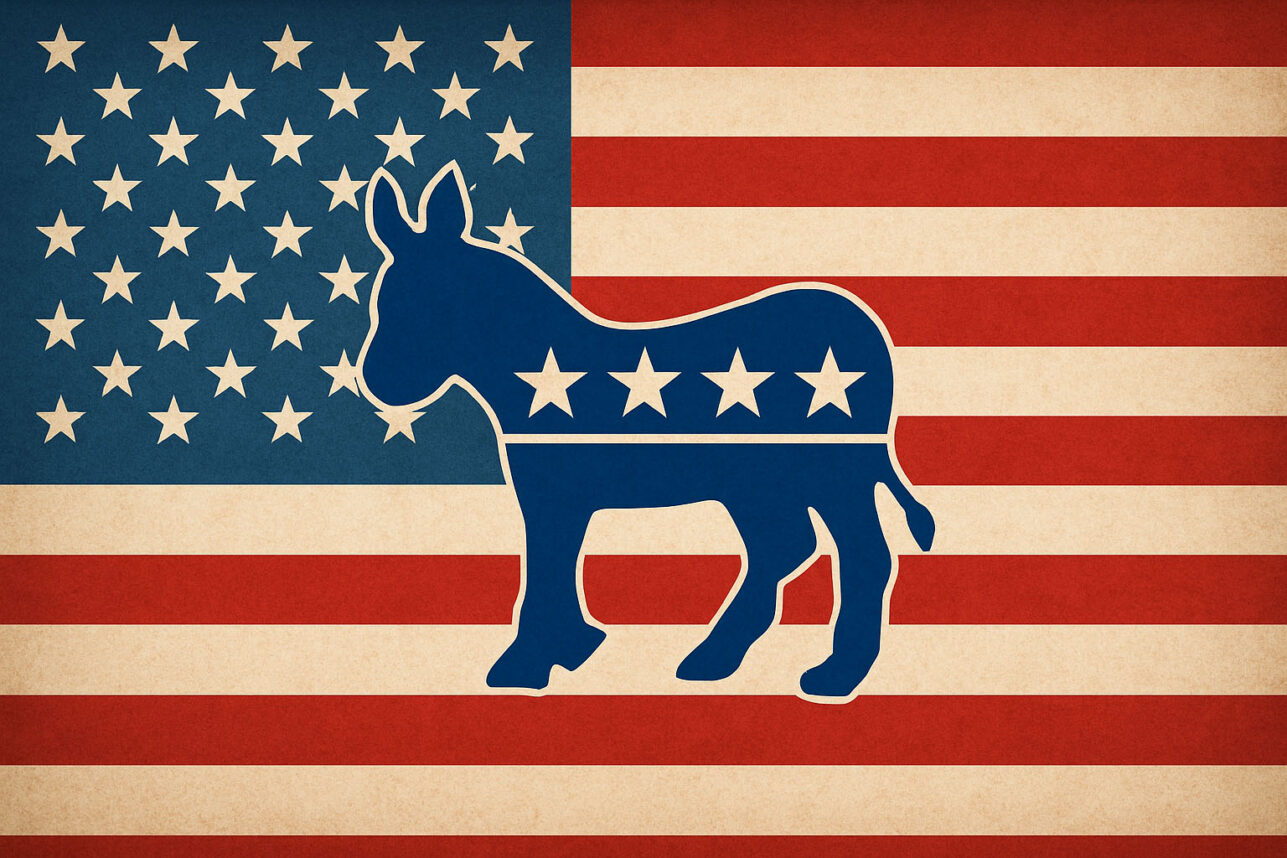
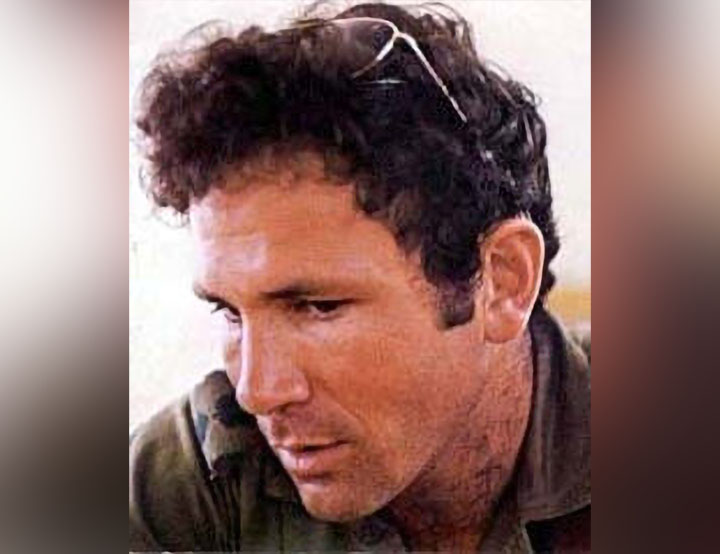
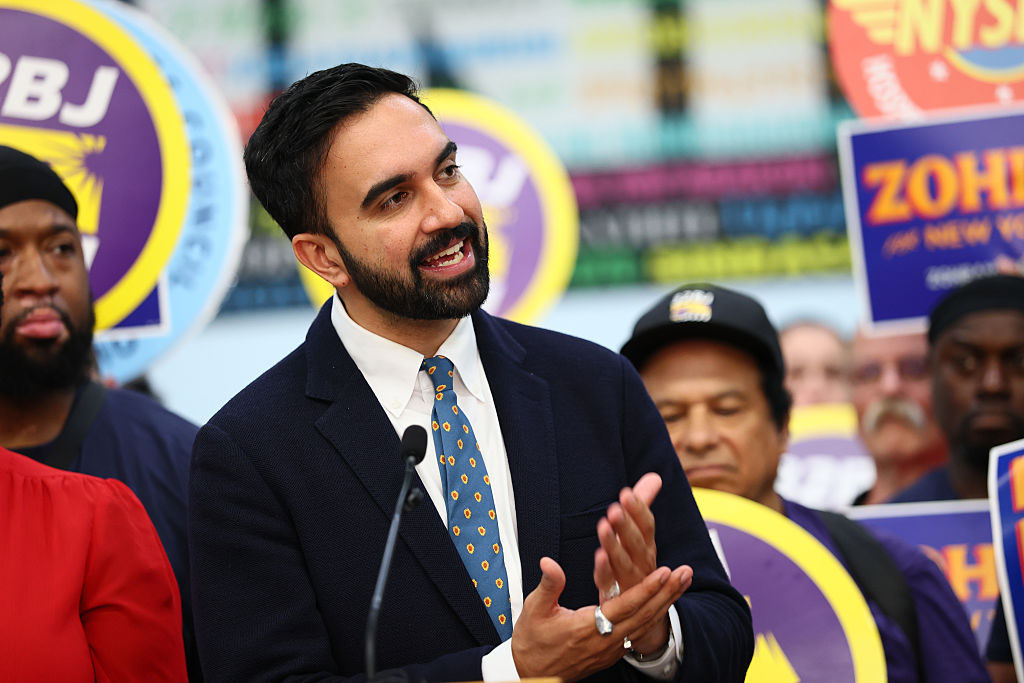
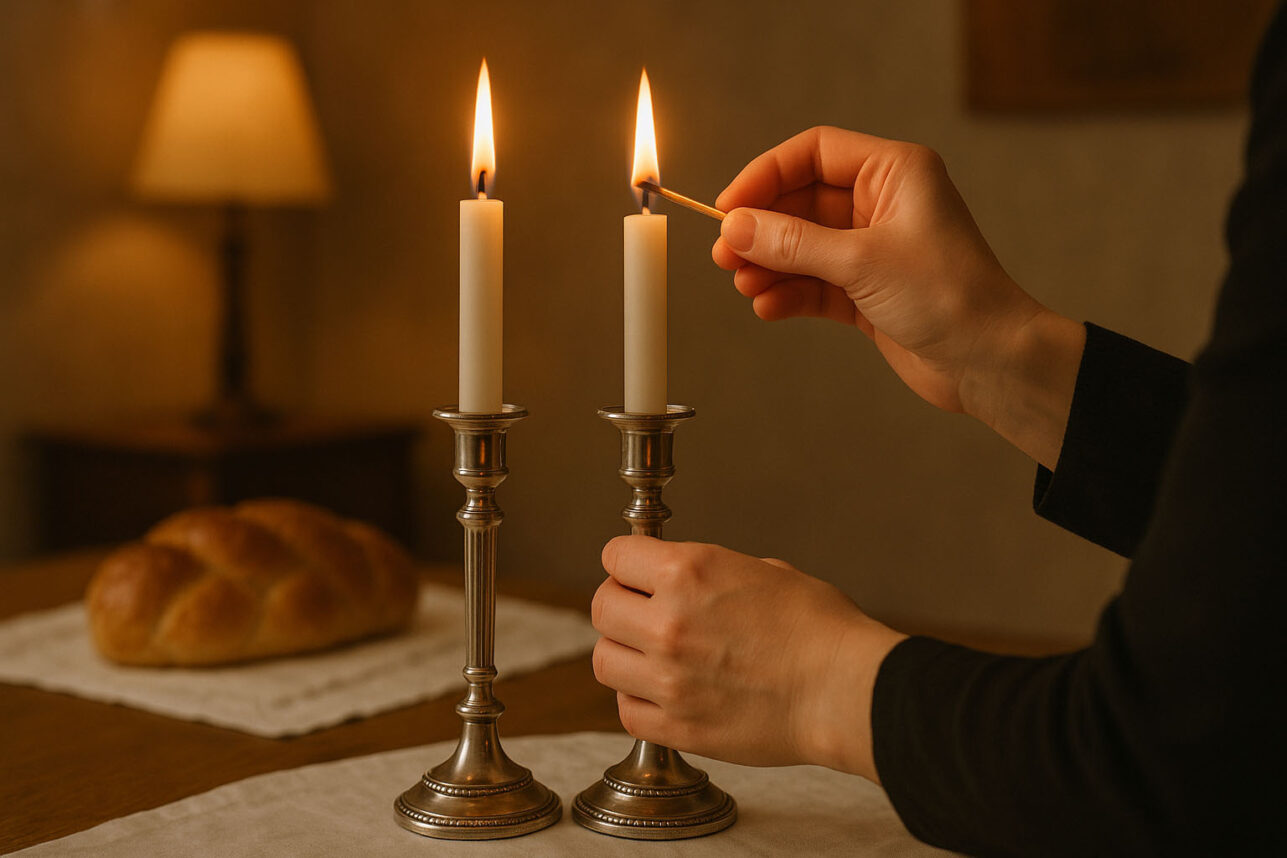


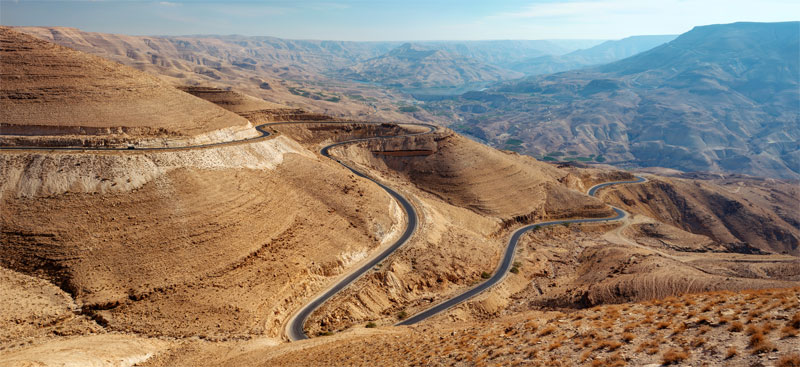



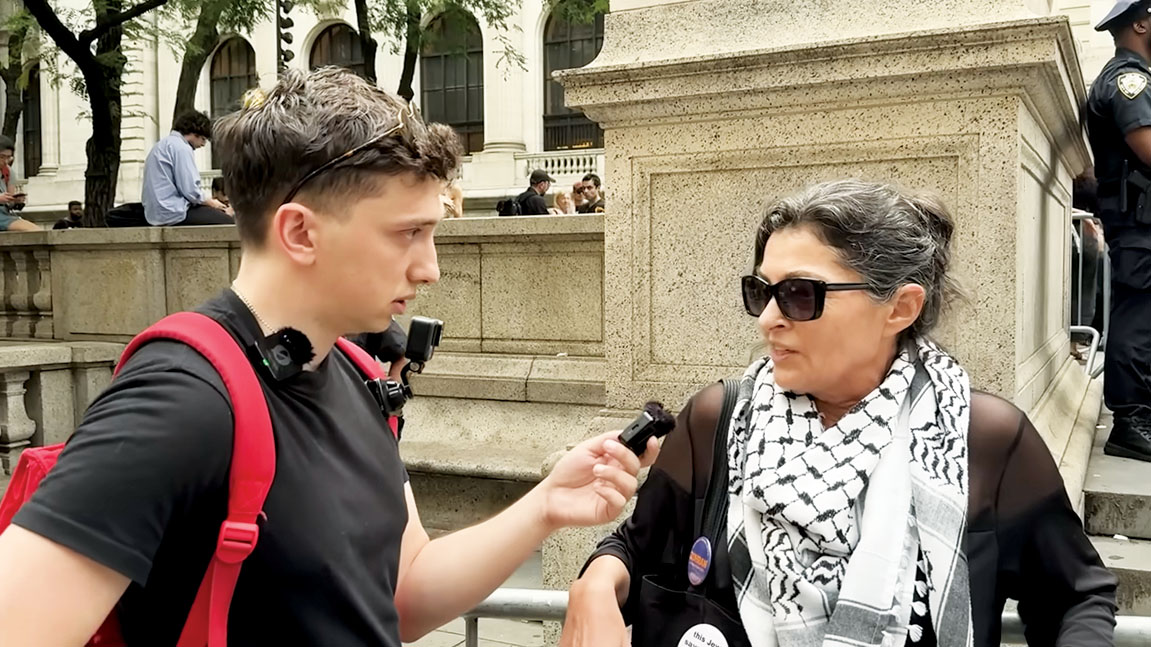
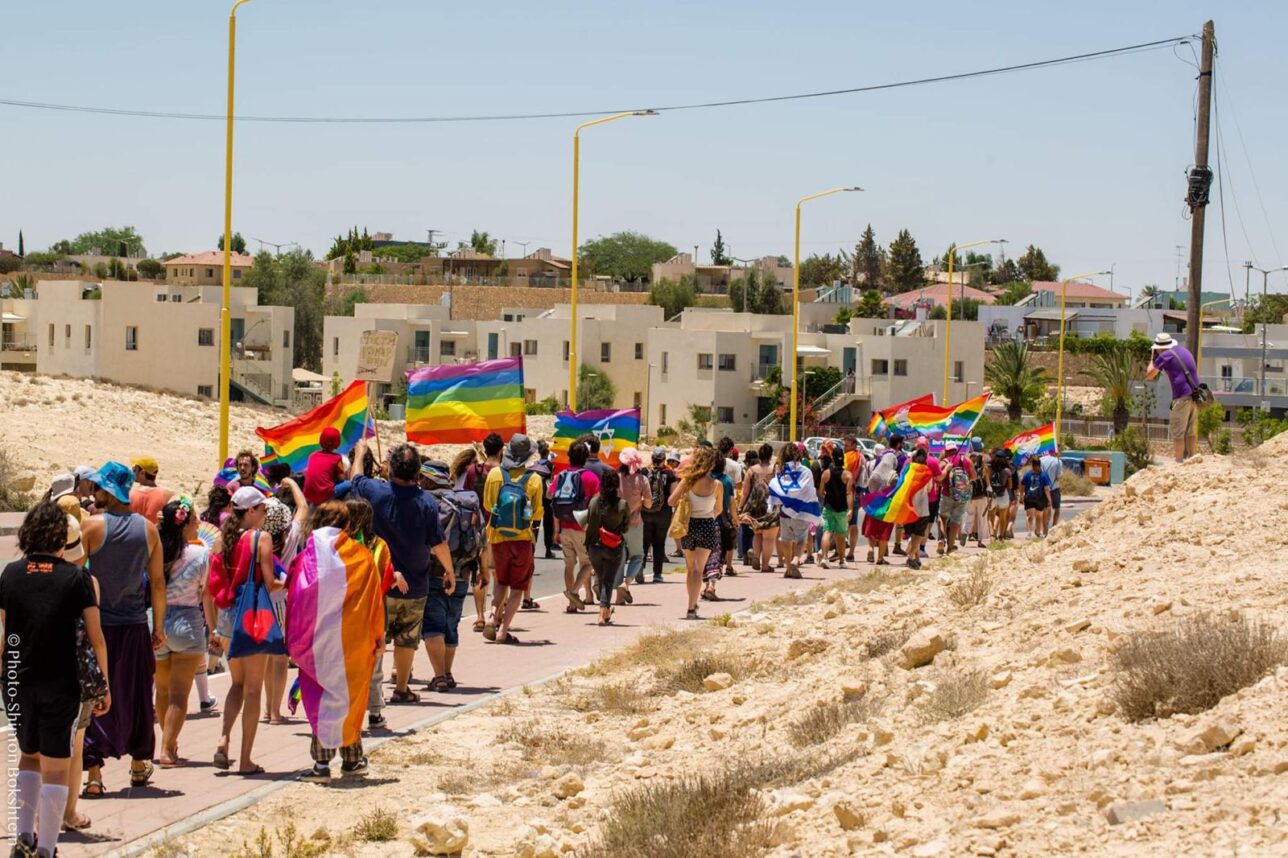

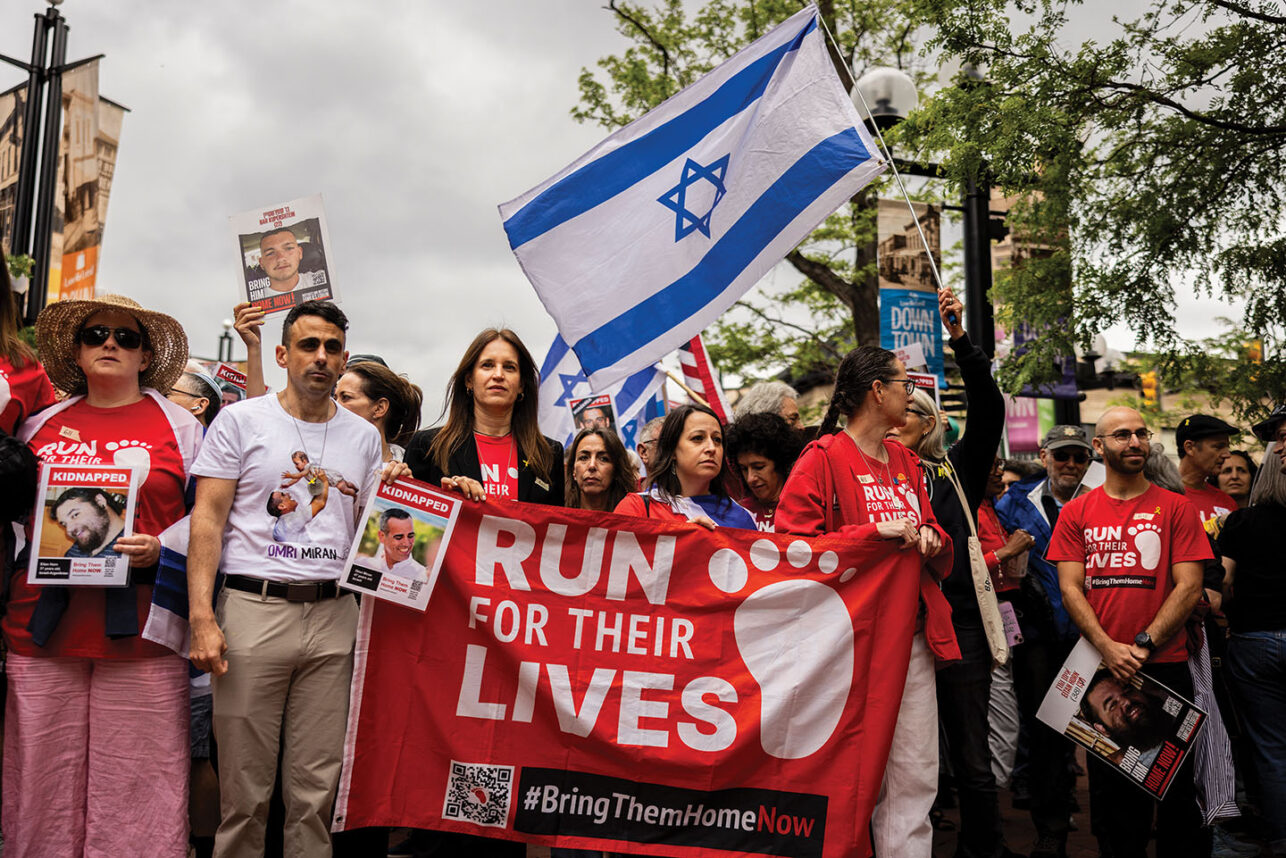

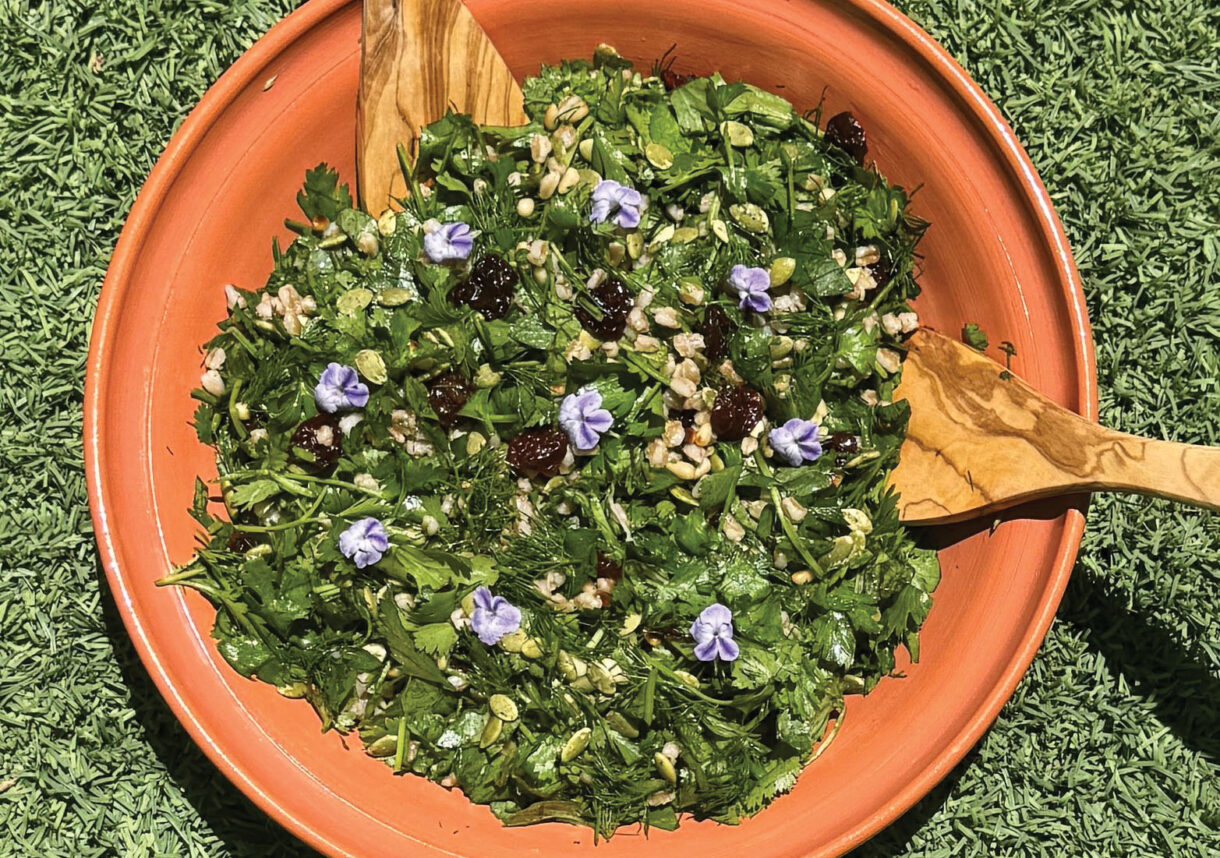
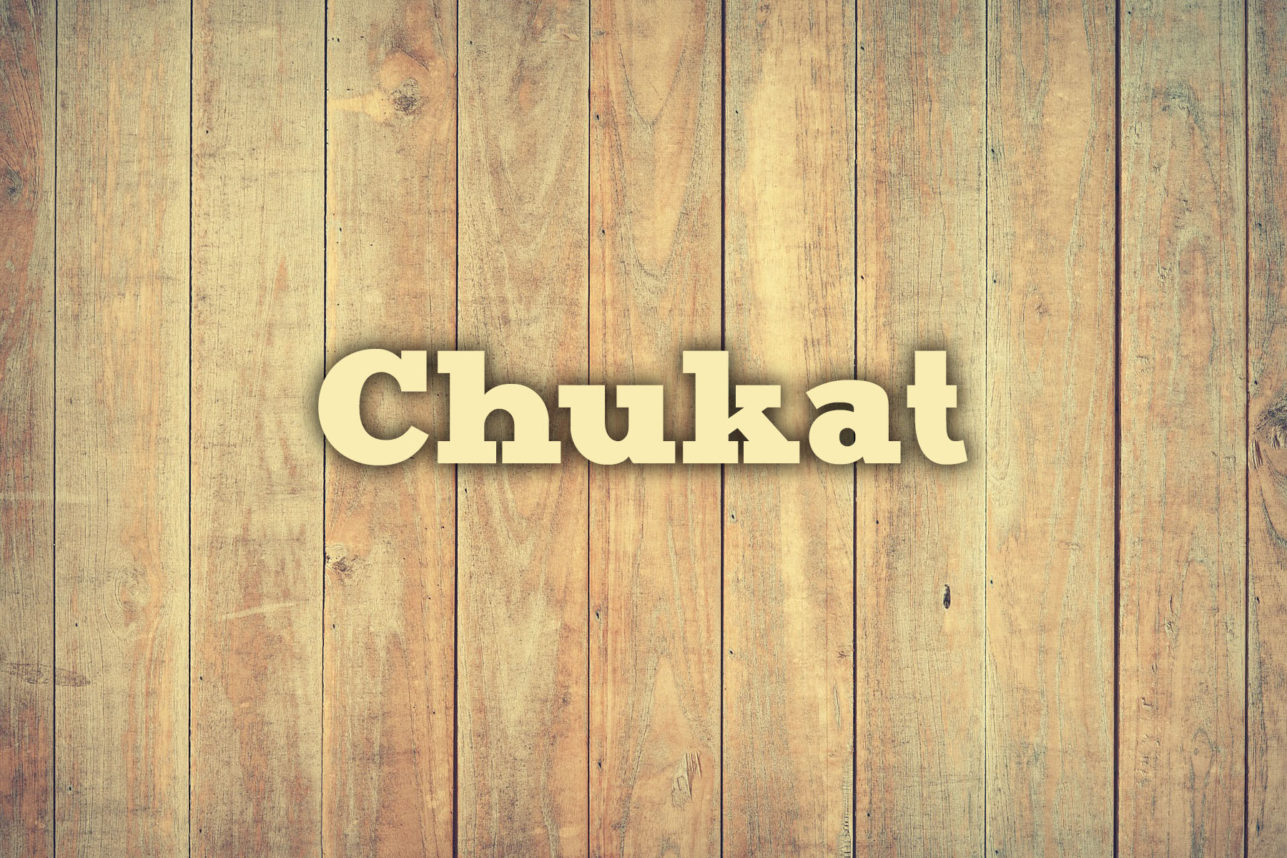
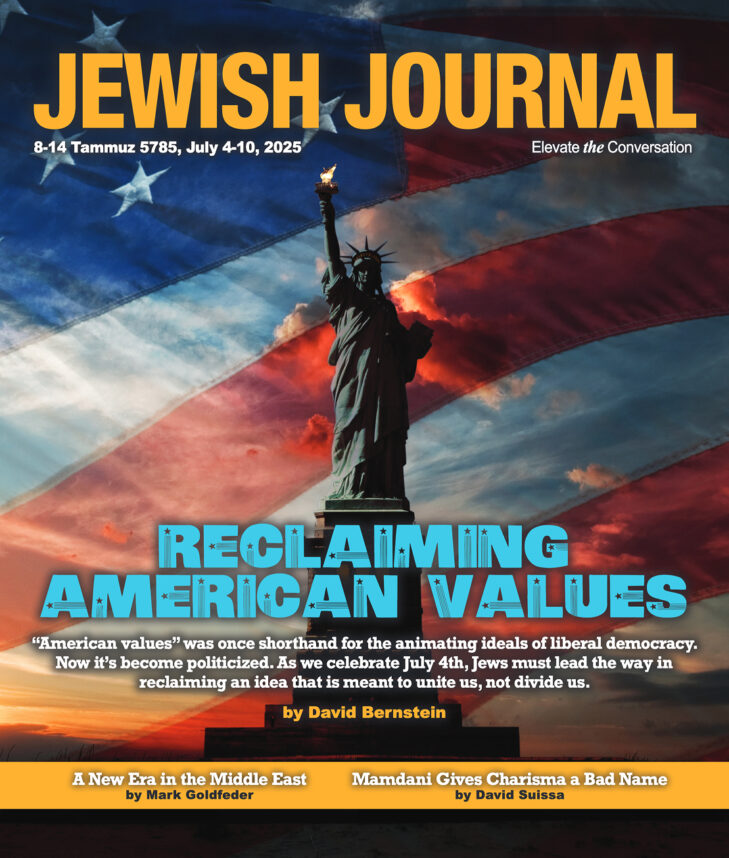
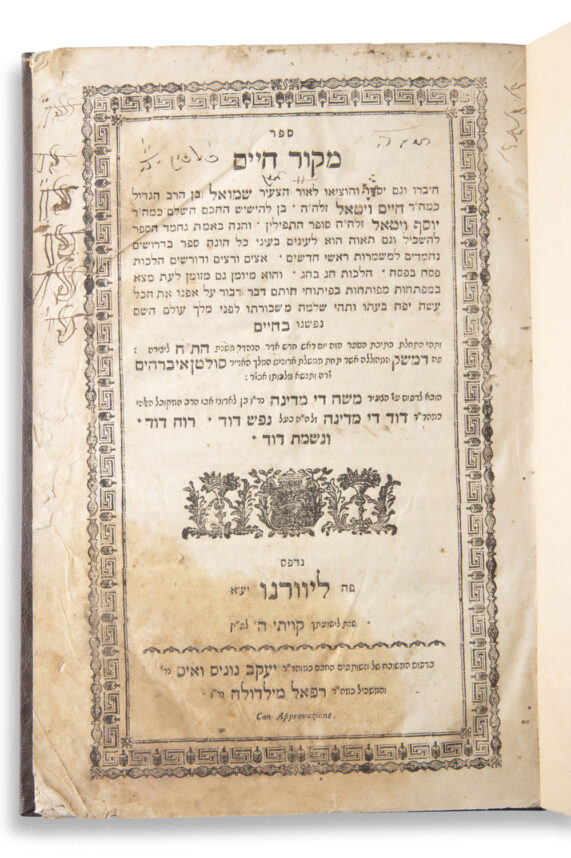

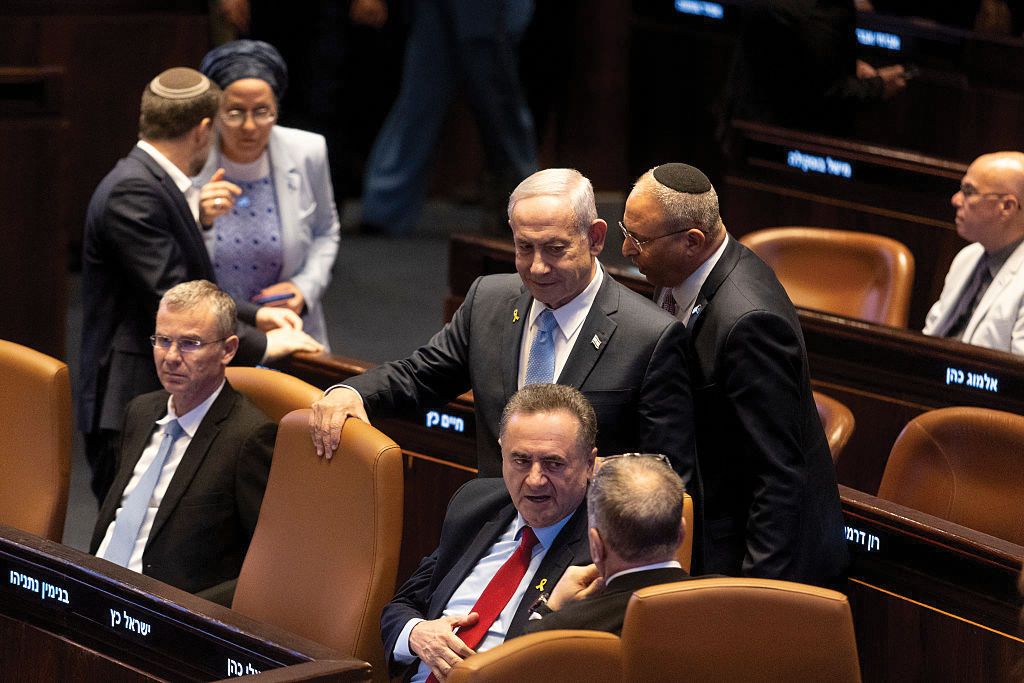
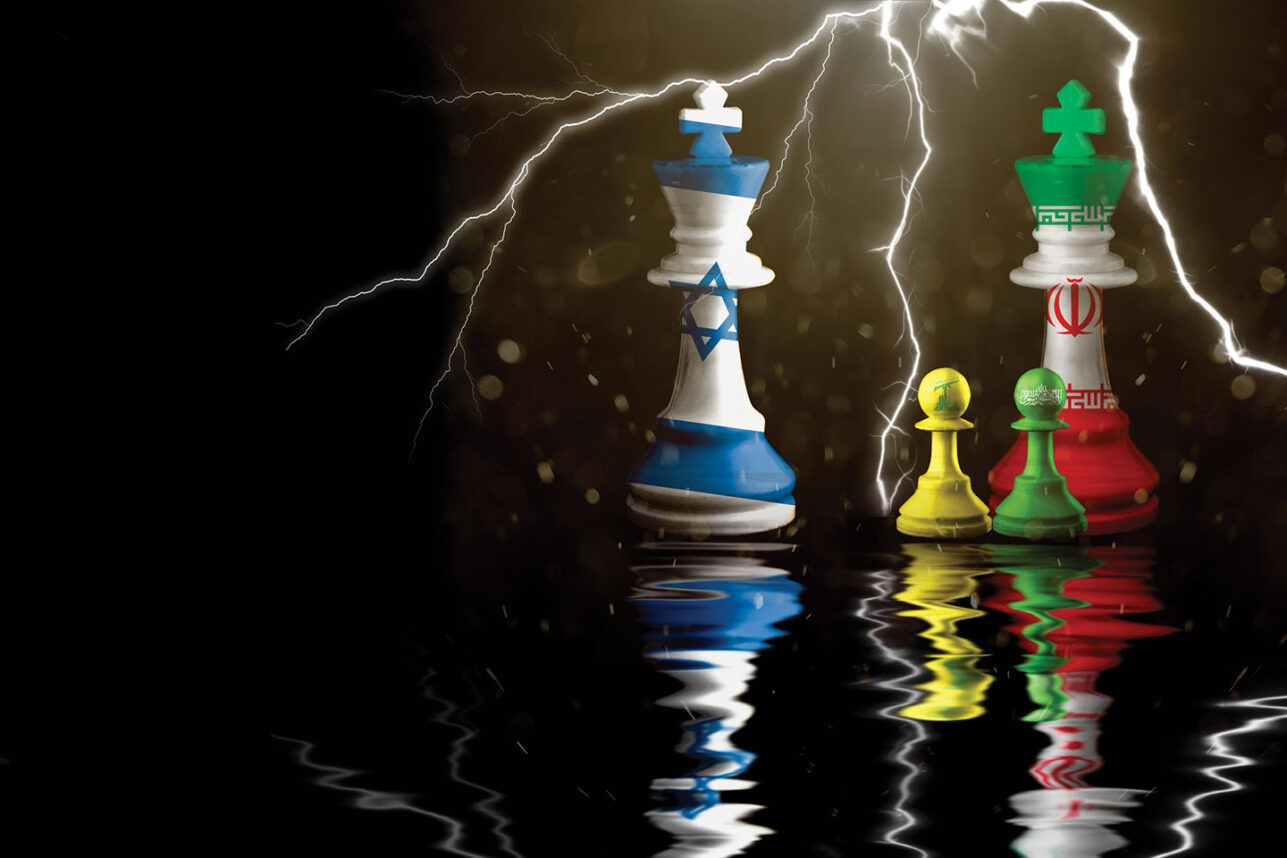

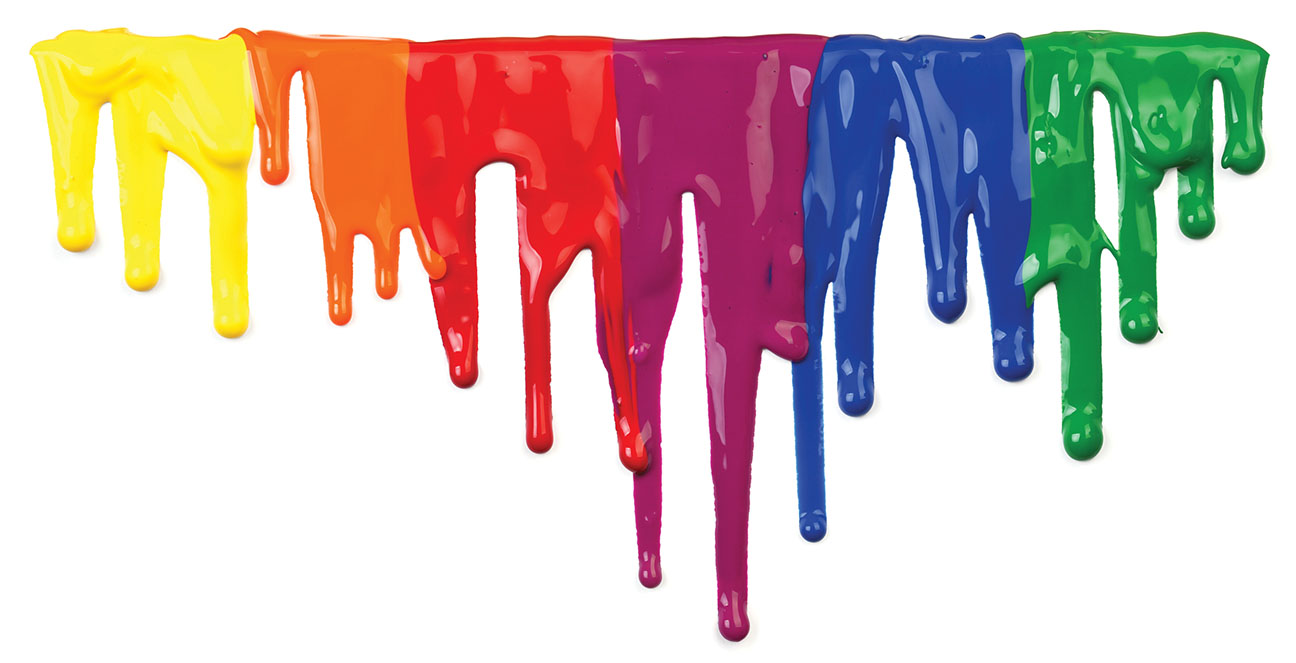
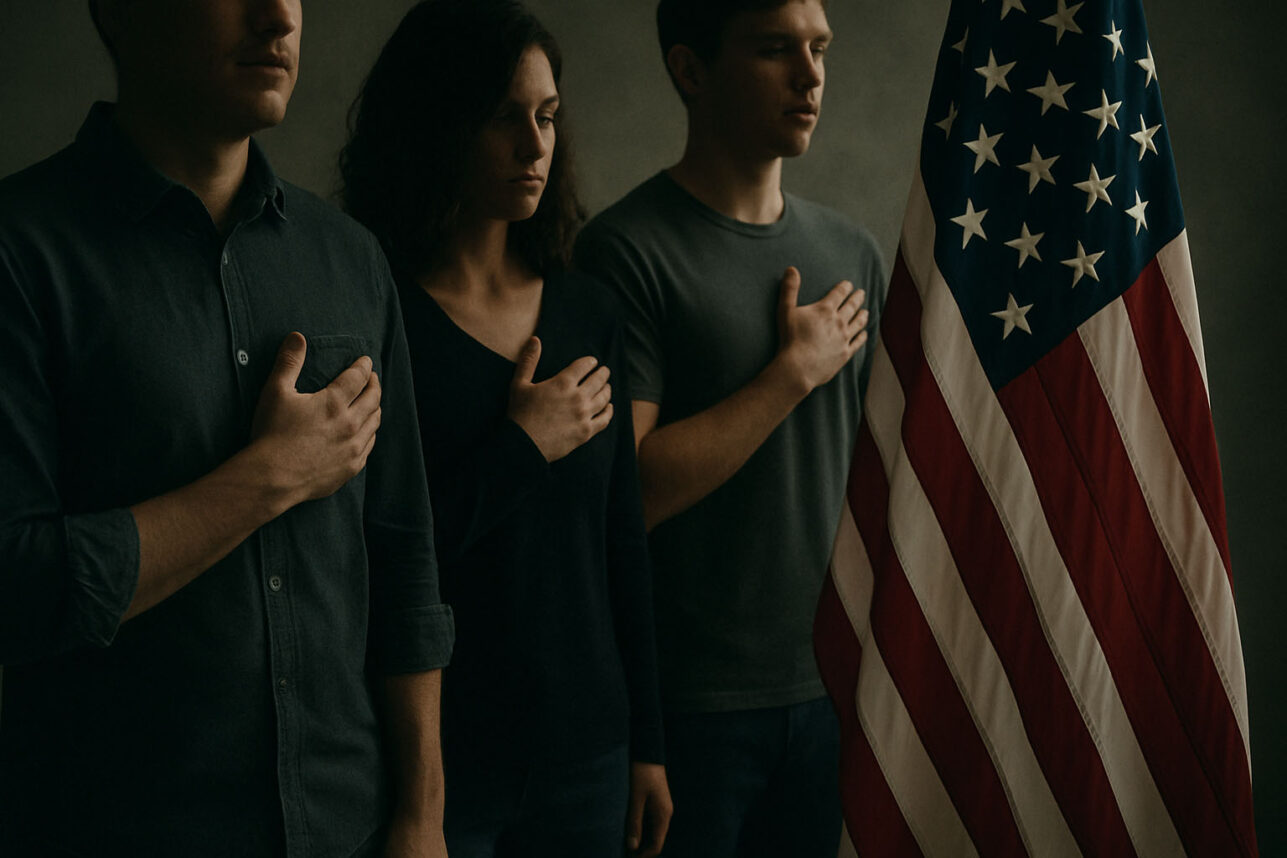
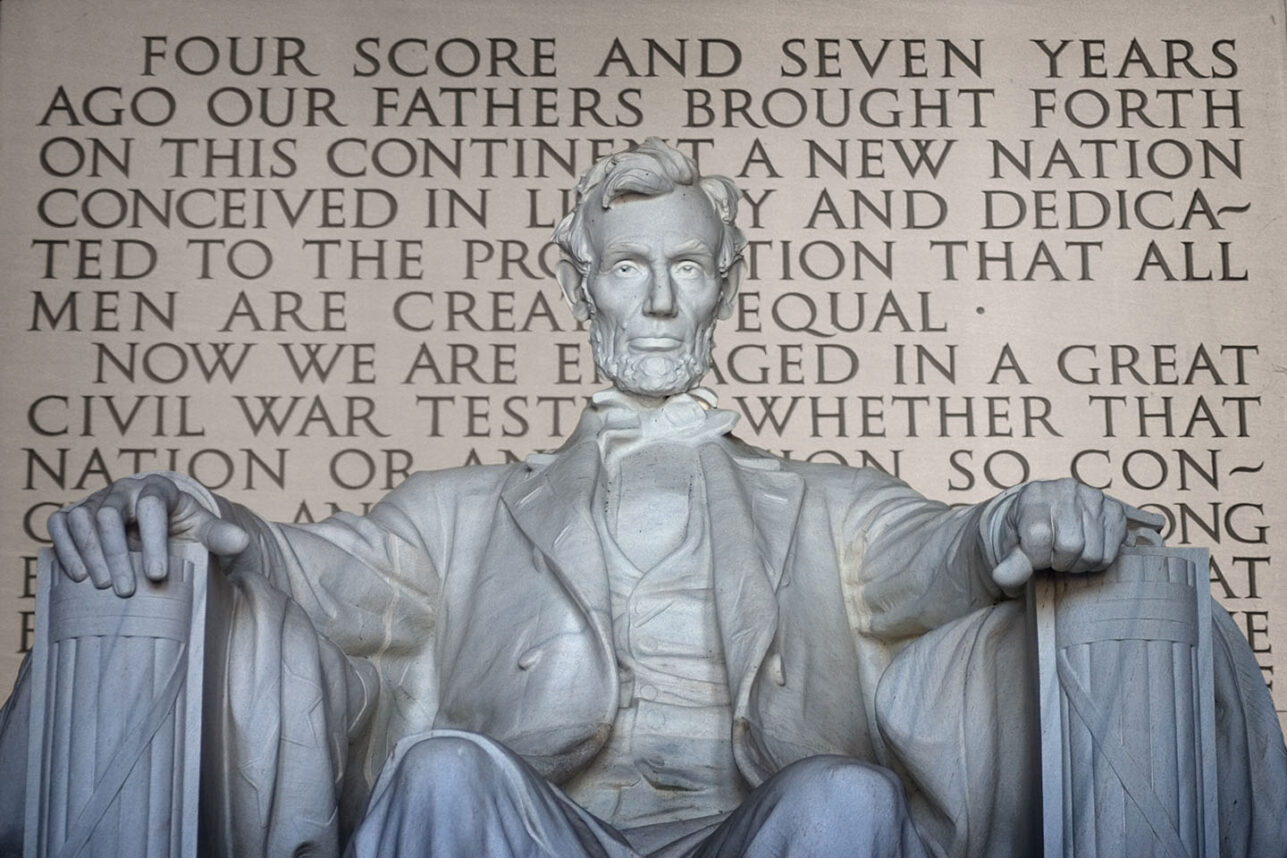

 More news and opinions than at a Shabbat dinner, right in your inbox.
More news and opinions than at a Shabbat dinner, right in your inbox.